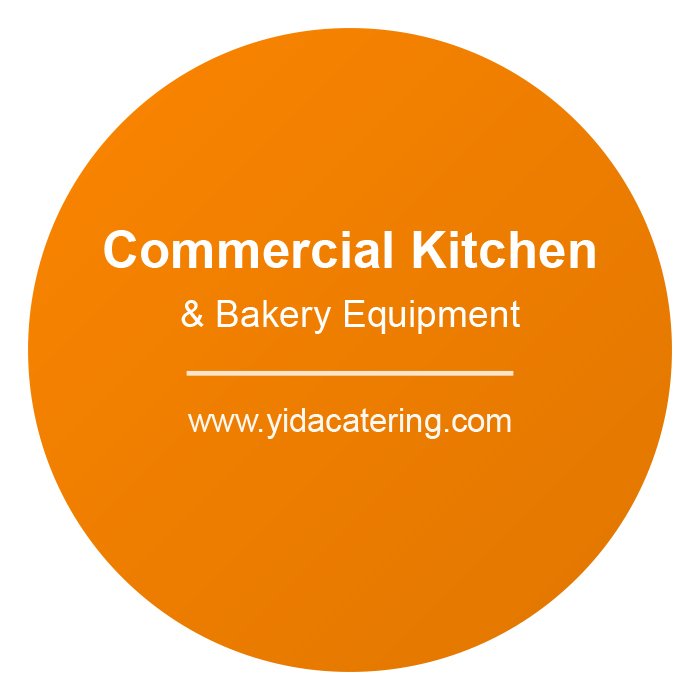When it comes to equipping a commercial kitchen, selecting the right tools is essential for ensuring efficiency, consistency, and quality. Among the many appliances that play a pivotal role in food preparation, the immersion blender stands out as a versatile and indispensable tool. Whether you’re running a bustling restaurant, catering service, or bakery, an immersion blender can significantly enhance your operations. However, not all immersion blenders are created equal, and choosing the right one for commercial use requires careful consideration. This guide will walk you through the key factors to consider when purchasing an immersion blender for your professional kitchen.
1. Understand Your Needs
Before diving into technical specifications, it’s important to assess your specific requirements. Consider the following questions:
- What types of tasks will the immersion blender handle? (e.g., blending soups, pureeing sauces, emulsifying dressings)
- How frequently will it be used in your kitchen?
- What volumes of food or liquid will it need to process at a time?
Understanding your needs will help you narrow down your options and focus on models designed for commercial-grade performance.
2. Power and Motor Strength
One of the most critical factors in choosing an immersion blender for commercial use is motor power. Commercial kitchens demand appliances that can handle heavy-duty tasks without overheating or breaking down. Look for models with motors ranging from 300 to 1000 watts or more, depending on your anticipated workload. Higher wattage ensures that the blender can handle thicker mixtures and larger volumes with ease.
3. Durability and Build Quality
In a professional setting, equipment is often subjected to continuous use, so durability is non-negotiable. Opt for immersion blenders made from high-quality materials such as stainless steel, which offers resistance to rust, corrosion, and wear. Additionally, ensure that the handle and housing are designed to withstand frequent handling and occasional impacts.
4. Blade Design and Versatility
The blade is the heart of any immersion blender, and its design determines the appliance’s versatility. Look for blenders with sharp, durable blades capable of handling a variety of textures. Some models come with interchangeable blade attachments or accessories, allowing you to switch between tasks like chopping, whisking, or frothing.
5. Shaft Length
The shaft length of an immersion blender is another crucial consideration, especially in a commercial kitchen where you may be working with large stockpots or deep containers. Longer shafts (12 inches or more) are ideal for blending directly in deep pots without transferring contents to smaller containers. Make sure the shaft is detachable for easy cleaning and maintenance.
6. Ergonomics and Ease of Use
In a fast-paced commercial environment, ease of use can make a significant difference. Choose an immersion blender with an ergonomic handle that provides a comfortable grip during extended use. Additionally, look for intuitive controls and variable speed settings that allow you to adjust blending power based on the task at hand.
7. Safety Features
Safety should always be a priority in any kitchen setting. Many commercial immersion blenders come with features like a locking mechanism to prevent accidental activation and overheating protection to prolong the motor’s lifespan. These features not only protect the user but also ensure the longevity of the appliance.
8. Capacity for Continuous Use
Unlike home kitchens, where appliances are used intermittently, commercial kitchens often require tools that can operate continuously for extended periods. Check the manufacturer’s specifications to ensure the immersion blender can handle prolonged use without compromising performance or safety.
9. Budget Considerations
While it may be tempting to opt for the cheapest option available, remember that quality and durability often come at a higher price point. Consider your budget carefully and aim for a balance between cost and performance. A high-quality immersion blender may have a higher upfront cost but will save you money in the long run by reducing maintenance and replacement expenses.
Conclusion
An immersion blender is a valuable addition to any commercial kitchen, offering versatility and efficiency for a wide range of tasks. By considering factors such as motor power, durability, blade design, shaft length, and safety features, you can select a model that meets your specific needs and withstands the demands of a professional setting. Take the time to research reputable brands and prioritize quality over cost to ensure a worthwhile investment. With the right immersion blender in your arsenal, your kitchen operations will run smoother than ever before.

